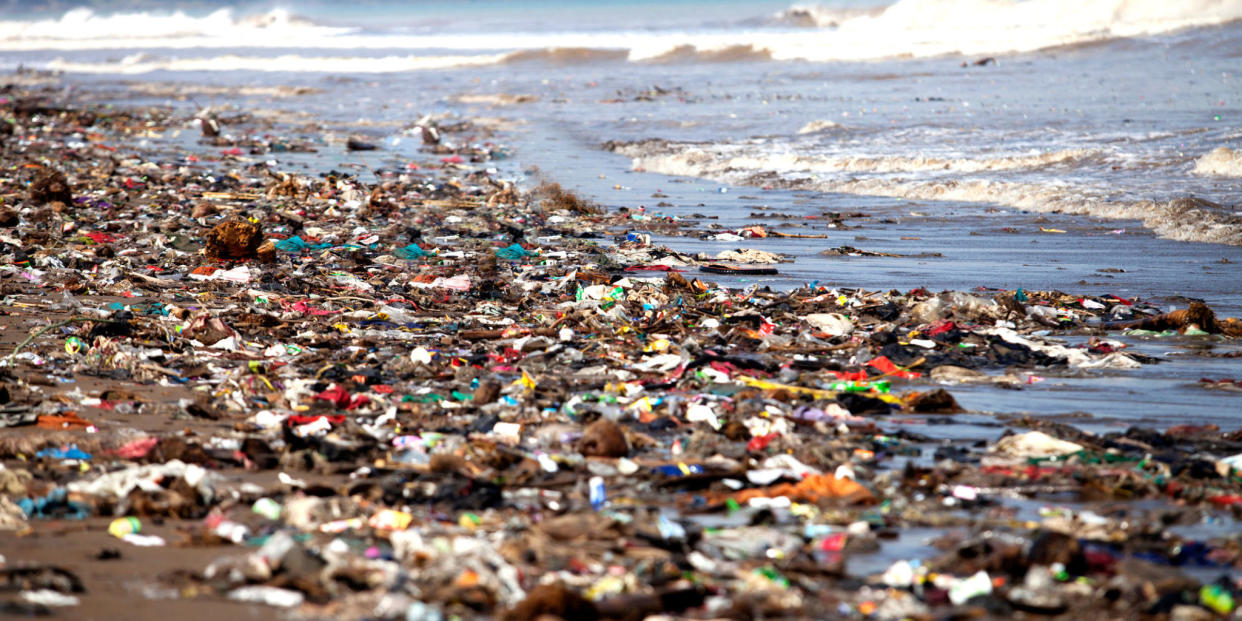Even the Deepest Depths of the Ocean Are Polluted

Scientists studying pollution levels have found that no part of the ocean is safe, even the deepest trenches. A team from the University of Aberdeen and the James Hutton Institute sent probes to the bottoms of the Mariana Trench and Kermadec Trench in the Pacific Ocean and discovered that these regions are some of the most polluted places on the planet.
The researches sent small probes to the depths of these trenches to capture the small animals, called amphipods, that live there. The probes then returned to the surface, where the researchers studied the animals for evidence of pollutants.
They were looking for evidence of two particular types of pollutants: PCBs and PBDEs. Both are complex organic compounds that were used in pretty much everything throughout the 1950s and 60s, until research showed they caused a number of health problems like cancer and fertility issues. They were banned from most applications in the U.S. in the 70s.
However, these compounds don't break down easily, part of what made them so useful to begin with. They tend to stick around in the oceans, where they accumulate in fish and other marine animals. Not even the animals that live in the deepest parts of the ocean are immune. According to the research they may be more vulnerable than any others.
The researchers expected that marine animals so far removed from human life would be the safest from human pollution, but it turns out levels of those chemicals are much higher than in coastal areas. Pollution levels in the Mariana trench were 50 times higher than levels in the Liaohe River, one of the most polluted waterways in the world. The only area with pollution levels comparable to the Mariana trench is the Suruga Bay in Japan, which is a highly industrialized zone where many of these chemicals are produced.
These findings suggest that the deep-sea trenches are not as remote as previously believed, and are instead intimately connected with the rest of the ocean. Our actions can have enormous consequences on even the farthest-flung corners of our planet, and it's an open question how else these fragile ecosystems have been affected by human carelessness.
Source: The Washington Post
You Might Also Like

